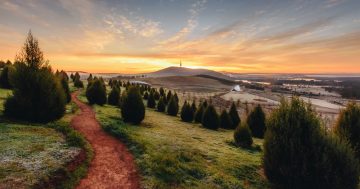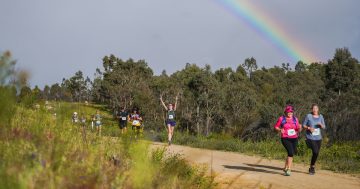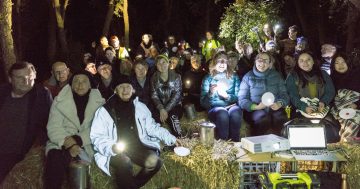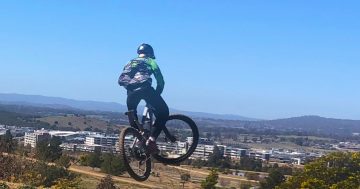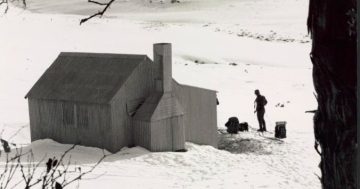
Mountain biking at Stromlo Forest Park. Photo: Supplied.
How can fire-ravaged communities across our region begin to recover after a massive disaster? Amidst the despair, Tim Gavel argues that what happened in Canberra can provide a template for other communities where hope is currently in short supply.
This week, for the first time since the Canberra bushfires, I decided to physically and mentally retrace the running trails that were part of the Molonglo Valley prior to the 2003 fires.
These trails formed an important part of my life for so many years.
I remember getting lost in the forest many times because of its denseness, only to find my way to reach the summit of Mount Stromlo, presenting uninterrupted views of the city and the lake.
When fires destroyed the forest and burnt surrounding homes resulting in deaths and devastation, there was a sense of hopelessness within the entire community. Everybody had a connection in one form or another. Our hearts went out to those who were directly impacted and lost so much.
Although assistance from far and wide was received to help at the time, recovery essentially was up to Canberrans themselves. This week, as I looked at rows and rows of houses across the valley, it wasn’t easy to visualise what had been there in the past.
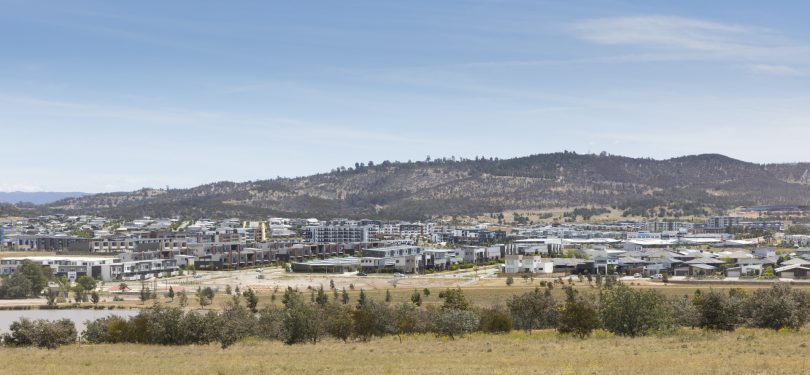
The suburb of Coombs. Photo: Supplied.
If nothing else the sight in front of me illustrated the resilience of Canberrans in the wake of the bushfires.
Prior to the fires, Mount Stromlo was regarded as a great mountain bike trail. After much of the forest was destroyed in 2003, what was established in its place is one of the top multi-use recreational facilities in the world attracting over 160,000 visitors a year.
Stromlo Forest Park, with multiple cycling facilities, trails and running tracks will soon also feature an aquatic leisure centre. Stromlo has already hosted the MTB World Championships and many other high-level competitions. If a plan to attract commercial partners comes to fruition, there’s scope for even greater development on the site.
The National Arboretum, another facility born out of the bushfires, offers 250 hectares featuring 94 forests of rare, endangered and symbolic trees.
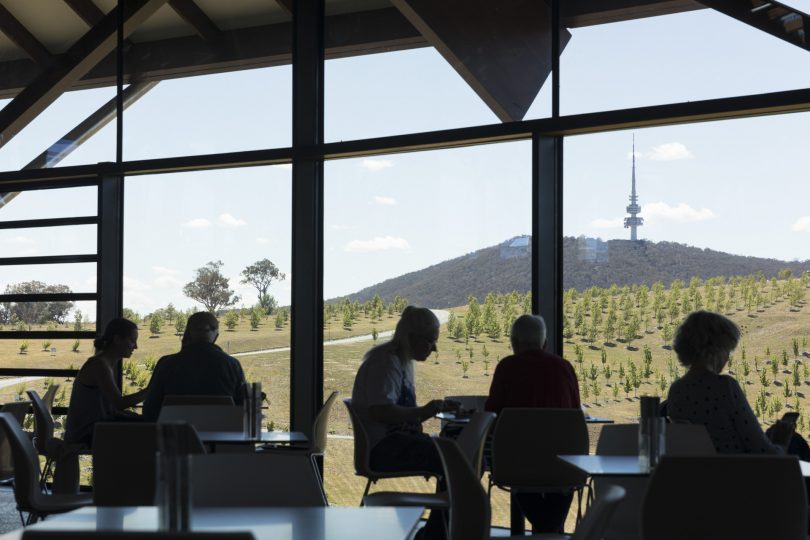
The Arboretum offers a display of rare, endangered and symbolic trees from throughout Australia.
The Arboretum and Mt Stromlo Forest Park, in many respects, are symbolic of the nature of Canberrans with the ability to create a positive out of what at the time seemed unthinkable in the midst of helplessness.
That same sentiment now clouds the people of the South Coast as they struggle to see a glimpse of light at the end of the tunnel.
Perhaps the experience of Canberra provides an example of how opportunities can emerge from such devastation.














